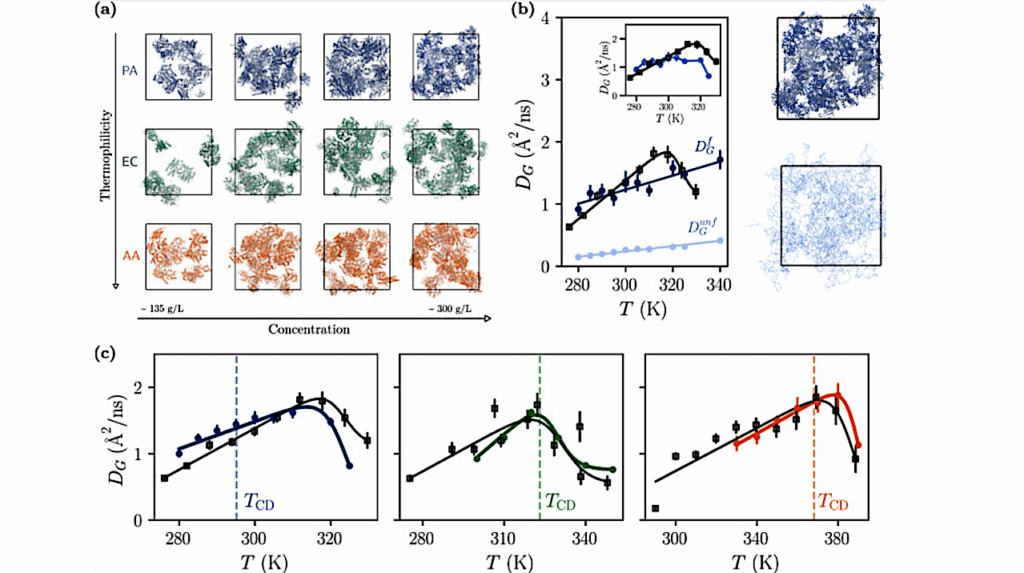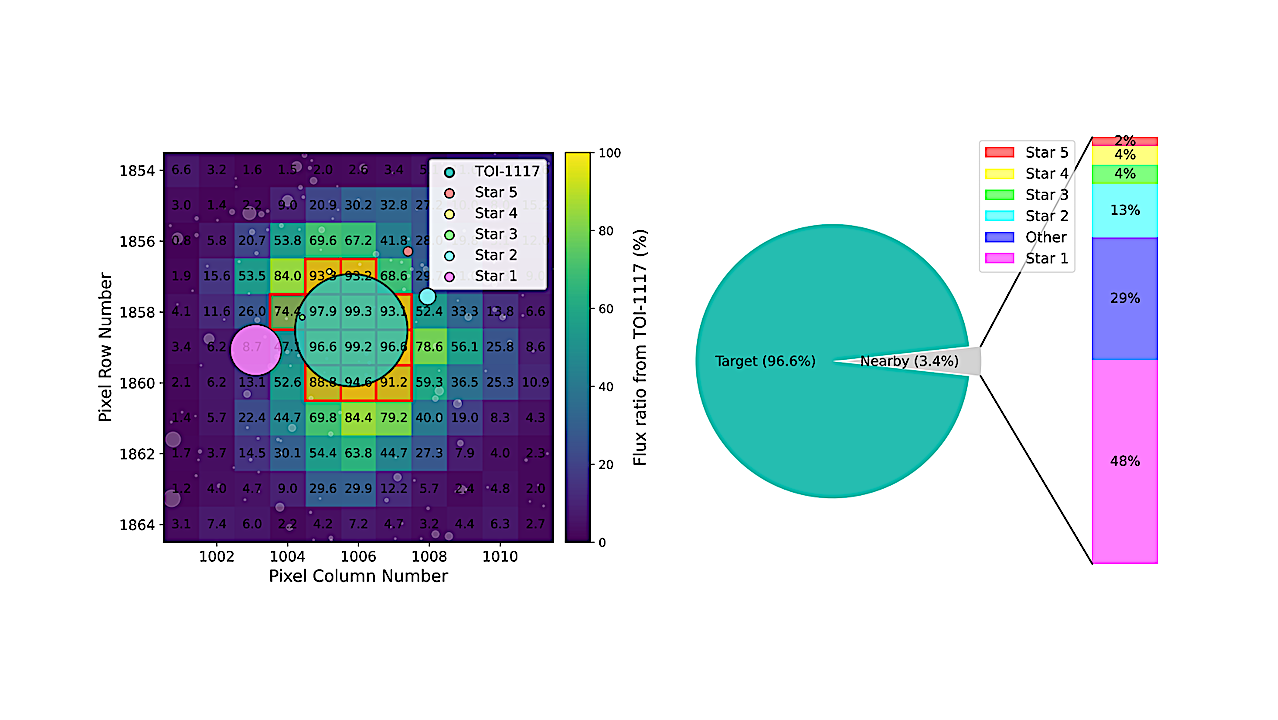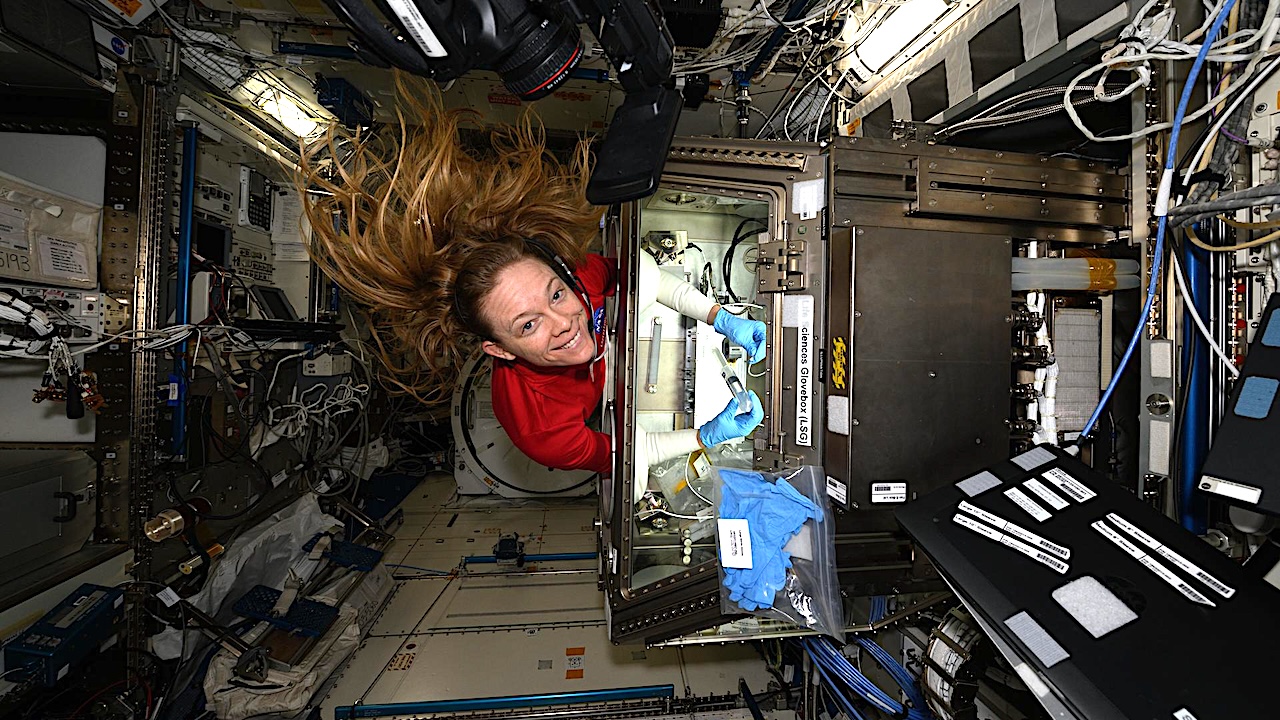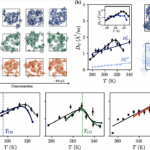Now Reading: Ammonia Sets Limit To Life And Alters Physiology Independently Of pH In Halomonas Meridiana
-
01
Ammonia Sets Limit To Life And Alters Physiology Independently Of pH In Halomonas Meridiana
Ammonia Sets Limit To Life And Alters Physiology Independently Of pH In Halomonas Meridiana
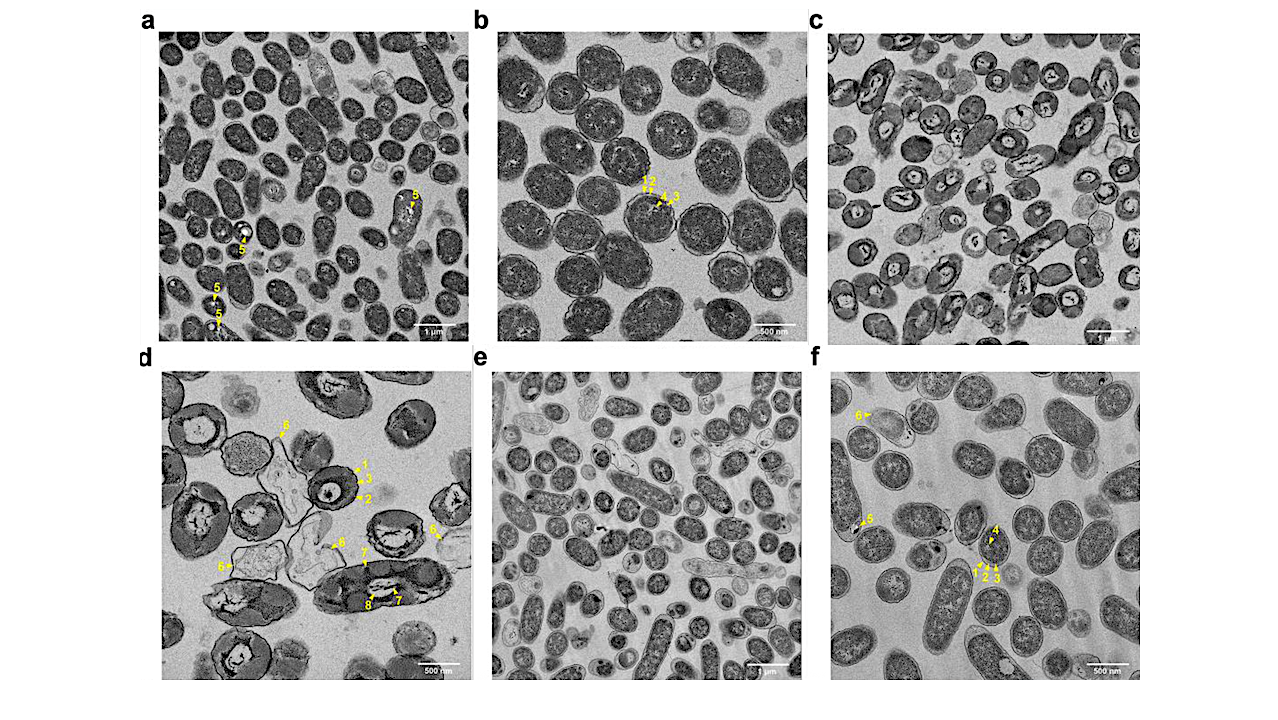

TEM of H. meridiana. H. meridiana after 2 h treatment in control solutions (a, b), 1 M ammonia (c, d), and pH-matched yeast media (pH 10.78, e, f). Yellow arrows: 1, outer membrane; 2, periplasmic space; 3, inner membrane; 4, nucleoid; 5, PHA-like granule; 6, lysed cell; 7, aggregated material; 8, electrolucent cavities. — Science Reports via PubMed
The subsurface oceans of icy moons, expected to retain appreciable concentrations of ammonia, are of significant interest to astrobiology. On Earth, ammonia is released in large quantities, primarily through anthropogenic activities.
Ammonia is toxic to many forms of life at high concentrations, and thus it is necessary to understand the habitability impact of ammonia on these environments. The survival limits and physiological response of aerobic bacteria in ammonia, and whether ammonia toxicity is distinct from toxicity by high pH, is poorly understood.
Here, we investigate the survival thresholds, growth kinetics, and metabolomic response of Halomonas meridiana in ammonia-water solutions and pH-matched sodium hydroxide solutions. Using closed- and open-air systems to mimic environments with NH3 retention or dispersion, we found complete and partial cell death above 0.05 M ammonia, respectively.
In open-air systems, a sub-set of cells survived up to 0.25 M ammonia; metabolomics revealed unique physiological responses to ammonia, including elevation of cyclic compounds and Coenzyme A metabolites, suggesting mechanisms of ammonia toxicity and adaptation. Ammonia and high pH toxicity were found to be distinct.
These findings show that ammonia can impose a distinct geobiological limit, potentially constraining the habitability of ammonia-rich terrestrial and extraterrestrial environments.
Ammonia sets limit to life and alters physiology independently of pH in Halomonas meridiana, Science Reports via PubMed (open access)
Astrobiology
Stay Informed With the Latest & Most Important News
Previous Post
Next Post
-
 012024 in Review: Highlights from NASA in Silicon Valley
012024 in Review: Highlights from NASA in Silicon Valley -
 02Panasonic Leica Summilux DG 15mm f/1.7 ASPH review
02Panasonic Leica Summilux DG 15mm f/1.7 ASPH review -
 03From Polymerization-Enabled Folding and Assembly to Chemical Evolution: Key Processes for Emergence of Functional Polymers in the Origin of Life
03From Polymerization-Enabled Folding and Assembly to Chemical Evolution: Key Processes for Emergence of Functional Polymers in the Origin of Life -
 04How New NASA, India Earth Satellite NISAR Will See Earth
04How New NASA, India Earth Satellite NISAR Will See Earth -
 05And Thus Begins A New Year For Life On Earth
05And Thus Begins A New Year For Life On Earth -
 06Astronomy Activation Ambassadors: A New Era
06Astronomy Activation Ambassadors: A New Era -
07SpaceX launch surge helps set new global launch record in 2024













